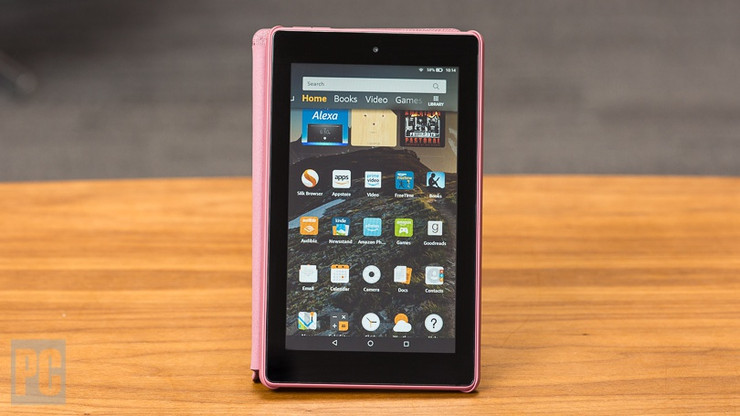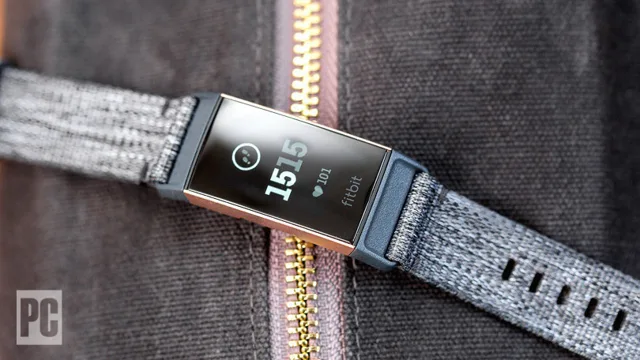How Do You Choose a Tablet?
There are countless tablets on the market, but which one is right for you? Whether you're eyeing an iPad or one of the many Android models available, we have the key factors you need to consider when shopping, along with some of the top-rated tablets we've tested.
Keep in mind that Windows slates are different beasts entirely. If that's what you're looking for, head on over to our picks for the Best Windows Tablets, as well as the Best 2-in-1s.
Android vs. Apple Tablets
Android tablets make great media players,
Generally speaking, the greatest strength of Apple's iPadOS, the new operating system on the iPad, iPad Air, iPad mini, and iPad Pro tablet lines, is twofold: It's very clean and intuitive, and the wide selection of apps that you can buy right on your tablet—more than one million iPad-specific titles at the time of this writing—work uniformly well with very few exceptions.
Google's Android OS gives you a choice of hardware from several different manufacturers and offers maximum
Amazon's Fire OS is a branch of Android with its own user interface and its own default apps. It's designed to be clear and easy to use for consuming Amazon content and for streaming video from various services, and it's easier to use than standard Android if most of what you're doing is just web browsing and accessing your Amazon library. It's less flexible for customization, though.
What About Apps?
What's a tablet without quality apps? If you want third-party apps specifically designed for a touch-screen interface, nothing out there beats the iPad with its huge library of programs and games designed specifically for Apple tablets. The App Store is well curated and monitored, offers a deep selection, and includes every popular app you can think of. If a wide range of compelling apps that look good and work well on your tablet is your main priority, Apple is your best bet. For more, see the 100 best iPad apps.
Android has made great strides in app selection, but it's still not home to as many as Apple offers. It's tough to say exactly how many tablet-optimized Android apps are available, but it's far less than Apple. There are also Android phone apps, which look decent on a 7-inch tablet, but less so on a 9- or 10-inch one, so you're likely to have more problems getting high-quality apps for larger Android tablets. That said, check out the 100 Best Android apps for our top picks.
Amazon tablets don't have access to the Google Play store, so they have considerably fewer apps available. While there are plenty of people who have hacked the Play store onto Amazon tablets, that violates both Amazon's and Google's terms of service and can't be considered a reliable solution. Although they have their own app store, which is a subset of Google Play, you should consider Amazon tablets as designed to be used with the apps Amazon recommends.
Screen Size and Storage
This consideration is a bit obvious, but size—both screen real estate and storage capacity—is important to consider. First things first: When you hear the term "7-inch or 10-inch tablet," this refers to the size of the screen, measured diagonally, and not the size of the tablet itself.
7-inch tablets are considered small-screen, while 8.9-inch tablets and above are considered large-screen. Apple's iPads, Amazon's Fire, and Samsung's tablets all come in small- and large-screen iterations. And more than ever, phones are blurring the lines with tablets. Big smartphones (or phablets) are challenging the need to even carry a separate tablet.
Screen resolution is important too, especially for ebook reading and web surfing. A sharp, bright display is key. If you're in the market for a 10-inch tablet, look for a display with at least 1,280 by 800 resolution.
The weight of a tablet is one definite advantage it has over a laptop—but with large-screen tablets typically weighing around a pound, they're not cell phone-light. After you hold one with a single hand while standing up for 20 minutes, your hand will get tired. Setting one flat in your lap, rather than propped up on a stand, can also be a little awkward. And
Cloud (off-device) storage is an option for many tablets (Amazon Cloud Storage for Fire tablets, iCloud for iPads), but when it comes to onboard storage, more is always better. All those apps, when combined with music, video, and photo libraries, can take up a lot of space. Many non-Apple tablets have microSD memory card slots that let you expand storage.
Wi-Fi-Only vs. Cellular Models
Some tablets come in a Wi-Fi-only model or with the option of always-on cellular service from a wireless provider. If you want to use your tablet to get online anywhere, you should opt for a model that offers a cellular version. Of course, this adds to the device's price, and then you need to pay for cellular service. Generally, though, with a tablet, you can purchase data on a month-to-month basis without signing a contract.
Another way to get your tablet online: Use your phone as a Wi-Fi hotspot. This won't work with every phone/tablet combo, so you should check with your carrier before you seal a deal. You can also buy a dedicated mobile hotspot, which won't kill your phone's battery life. Some even double as backup batteries to charge your tablet.
The Top Tablets (for Now)
The tablets chosen here represent the best Android and Apple options across a variety of price levels. That said, there are plenty of other great tablets out there, and one may be right for you. For the latest lab-tested reviews, check out our tablet product guide.
Best Tablets Featured in This Roundup:
-
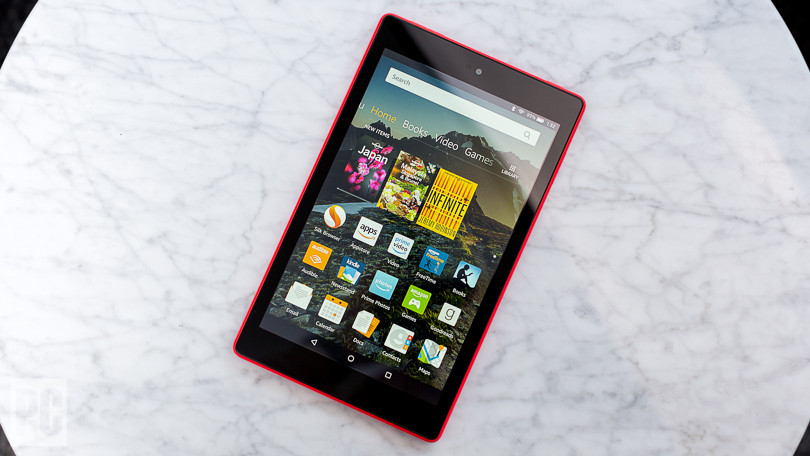
Pros: Simple user interface. Durable body. Works as an Echo Show.
Cons: Amazon's app store falls short of Google Play. UI is very oriented toward showing Amazon content.
Bottom Line: The 2018 edition of the Amazon Fire HD 8 remains the best media tablet you can get for under $100.
Read Review -

Pros: Affordable. Sharp display for the price. Good overall performance. Easy-to-use interface and Alexa integration. Dual-band Wi-Fi.
Cons: No Google Play Store apps. Low-resolution camera.
Bottom Line: With a sharp display and hands-free Alexa integration, Amazon's 10-inch Fire HD 10 tablet is the best value for your dollar under $150.
Read Review -

Pros: Larger display for better multitasking. Smart Connector lets you use Apple's keyboard cover or third-party option. iPadOS brings many software improvements.
Cons: Mediocre cameras. Large bezels.
Bottom Line: With its larger display, support for Apple's Smart Keyboard, and iPadOS, the least-expensive iPad is a terrific tablet and potentially even a laptop replacement.
Read Review -

Pros: Powerful processor. Solid screen. Broad LTE options. Apple Pencil support. Light and easy to carry.
Cons: Compatible Apple Pencil isn't the better model. Aging design.
Bottom Line: Apple's iPad mini is the only small, premium tablet you should consider buying right now.
Read Review -
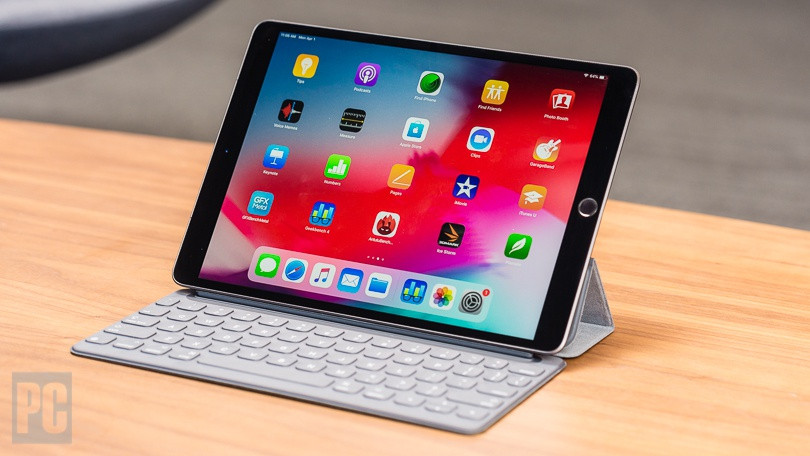
Pros: Fast performance. Slim, light design. Nice display. Works with Apple Pencil and Smart Keyboard case.
Cons: Camera could be better. There are a lot of other iPad choices right now.
Bottom Line: The new iPad Air is a tablet that works best with a keyboard case as a pseduo-laptop for anyone who wants a basic PC with Apple's software elegance.
Read Review -
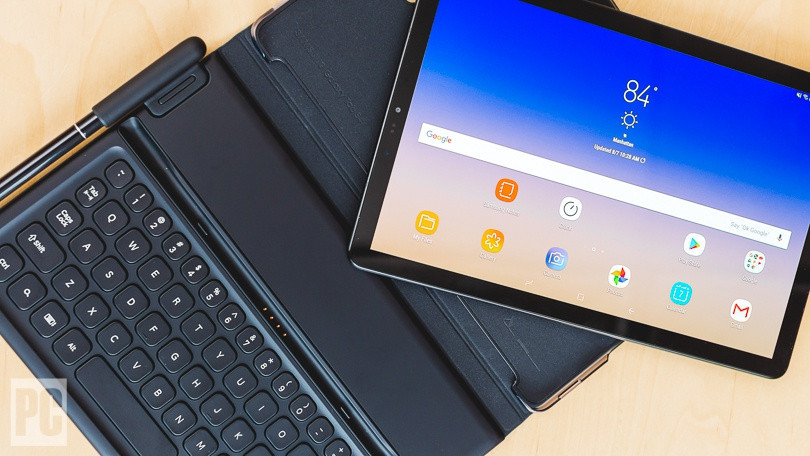
Pros: Sleek build. Gorgeous display. Loud speakers. Great stylus for drawing and note-taking. Excellent Wi-Fi connectivity. Dex brings desktop-like experience.
Cons: Expensive. Keyboard accessory costs extra. Mediocre camera. Android-powered tablets still can't do everything Windows tablets can.
Bottom Line: The Samsung Galaxy Tab S4 is the best Android tablet we've seen to date, but it still can't beat Windows-powered 2-in-1s for productivity.
Read Review -

Pros: Amazingly fast hardware. Excellent networking capabilities. Good cameras. New Apple Pencil is terrific.
Cons: Hardware is held back by its operating system.
Bottom Line: The latest Apple iPad Pro is an amazing feat of engineering, but it doesn't have the applications for truly pro-level workflows.
Read Review -

Pros: Inexpensive. In-store service and support. Runs Android 8.1 with Google Play.
Cons: Slow. Inaccurate keyboard. Short battery life. Poor cameras.
Bottom Line: The 7-inch Barnes & Noble Nook offers full access to the Google Play app store and has unusually good support for a $50 Android tablet.
Read Review -
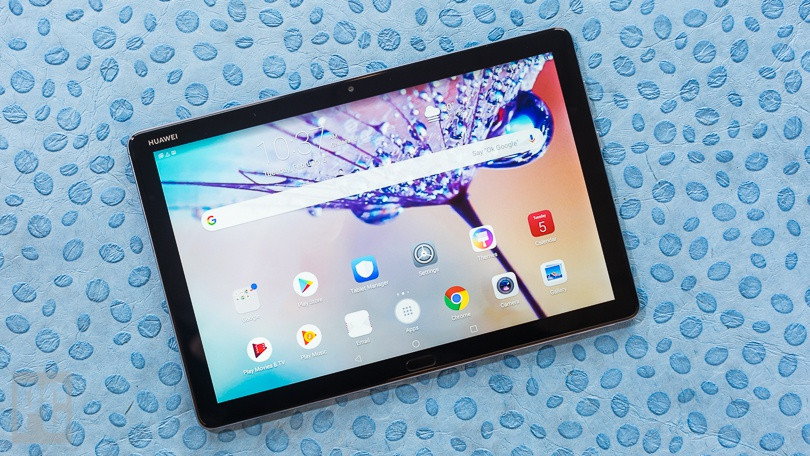
Pros: Solid screen. Rich audio. Long battery life. Comes with a stylus. Good build quality.
Cons: Middling specs. Poor cameras. Runs Android 8.0 with no chance of an update.
Bottom Line: Though it isn't perfect, the Huawei MediaPad M5 Lite is one of the better midrange Android tablets you can buy.
Read Review -

Pros: Affordable. Increased storage options. Includes Hands-free Alexa.
Cons: Poor performance. Disappointing display. Underwhelming sound quality. Amazon-centric OS limits app options.
Bottom Line: Amazon's $50 Fire 7 tablet for 2019 features minor hardware upgrades, but not enough to recommend over the Fire HD 8 for all but the most budget-conscious buyers.
Read Review











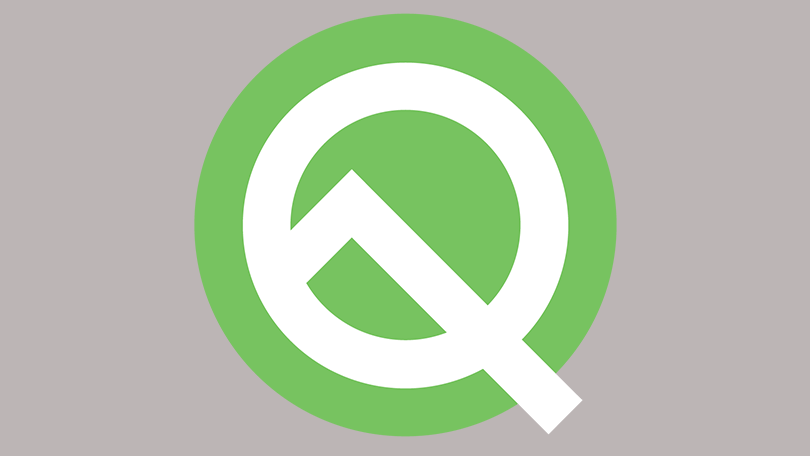

.jpg)
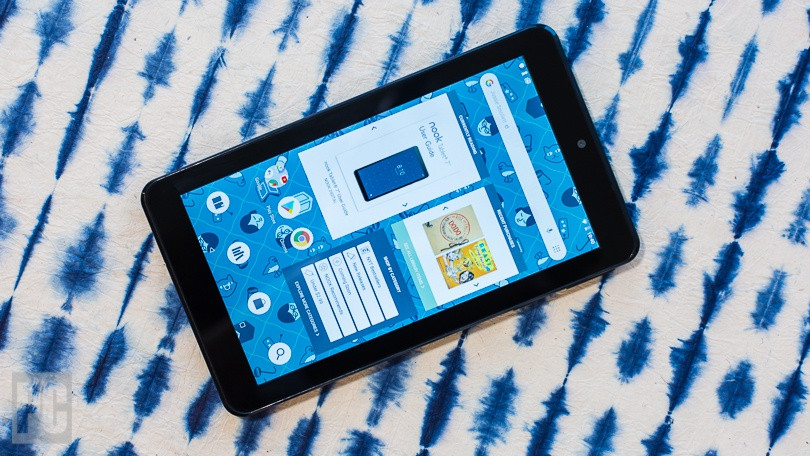
.jpg)



